In Rhythm Guitar Basics Part 7 we looked at the basics of how eighth notes are counted, and we examined how to clap a basic eighth note pattern.
Now it’s time to turn our attention to playing eighth notes on the guitar.
How to Strum Eighth Note Patterns
For whole notes, half notes and quarter notes, the down-stroke is usually used.
To play eighth notes, we will use a combination of down-strokes and up-strokes.
The Down-Stroke
As you will recall, a down-stroke is produced by strumming the strings from the low strings to the high strings. “Low” and “high” refer to pitch here.
The strings that are strummed depend on the notes required for the chord.
So for example, if you were strumming a G major chord with a down-stroke you would usually strum from strings 6-1 (thickest to thinnest string).
Whereas if you were to strum a D major chord with a down-stroke, you would usually strum strings 4-1.
The Up-Stroke
The up-stroke is performed the opposite way. You strum from the thinnest string in the chord to the thickest. So for the G major chord shown below, you perform an up-stroke by strumming strings 1-6.
For the D major chord shown below, you would perform an upstroke by strumming strings 1-4.
Here is how the down-stroke and up-stroke are symbolized:
When you strum eighth notes, the general rule is to use a down-stroke on the beat and an up-stroke on the up-beat (the “ands”).
So here is what happens:
Throughout this series of tutorials, I’ve stressed the importance of using a metronome, counting out loud as you practice these patterns, and also tapping your foot along with the metronome. All of this is recommended to help you internalize rhythm patterns and to help solidify your sense of rhythm.
As you progress as a guitar player you won’t need to do all this when you encounter new rhythms, but for now it’s important that you do.
Let’s take a look at what will happen with your foot as you tap along with the metronome.
Foot Tapping to Eighth Notes
This almost sounds like the name of old-time dance number, but it’s not. As you tap your foot on the down-beat, you simultaneously strum using a down-stroke.
As your foot moves back up again, you simultaneously play an up-stoke.
So a crucial point to get here is that your strumming hand will actually be in sync with your foot as you play eighth notes.
So as you perform a down-stroke, your foot is moving down and on the beat.
As you perform an upstroke, your foot is moving up in sync with the up-stoke.
This not by accident. When you sync your foot and pick-hand with the metronome, you will really start to get into the groove.
You will start to really internalize these rhythm patterns.
The goal of this to get to the point where your foot automatically taps in time with the metronome.
With some practice this will come. Eventually you won’t have to think about it. Your foot will just tap in time, perfectly, every time—whether you are playing with a metronome or not.
Applying Eighth Notes to the Guitar
Okay, it’s time to grab your guitar and start strumming!
For this first exercise, place your fret-hand on the neck and mute all of the strings. So all you do is place your fingers across all strings, but don’t apply any real pressure to the strings. Your desired sound is a percussive clicking sound.
Now strum the following pattern with muted strings:
Try it slow and then at a moderate tempo. Once you feel comfortable with it, move to a faster tempo.
Count out loud and tap your foot in time with the metronome.
Now you are ready to perform the same strumming pattern, but this time with an actual chord.
You can pick any chord you want. In the example shown below, we will use a G major chord.
Once you feel comfortable with this, you can apply this to some chord progressions. In part 9 of this series, we will look at applying eighth note strumming patterns to chord progressions.
Recommended Resource
Isn’t it time to get your hands on a proven, fast and easy way to learn the basics of music theory for guitar? The Absolute Essentials of Music Theory for Guitar lays out what you need to know about guitar music theory so it’s crystal-clear.
Mastering the basics of guitar theory will open up a whole new world for you. You will learn guitar faster and feel and hear big improvements in your guitar playing.
Get started now and take the mystery out of music theory so you can learn guitar faster…

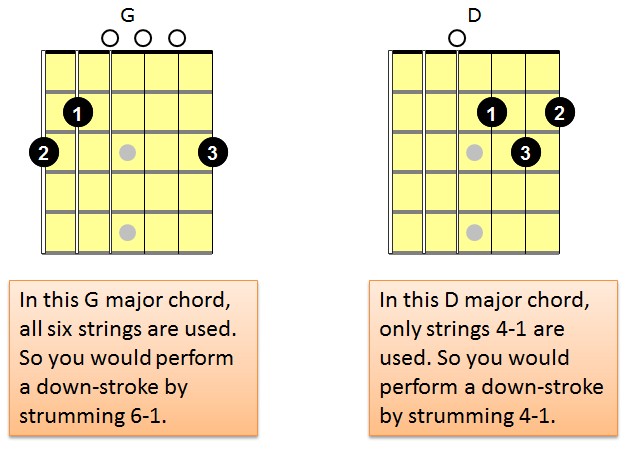
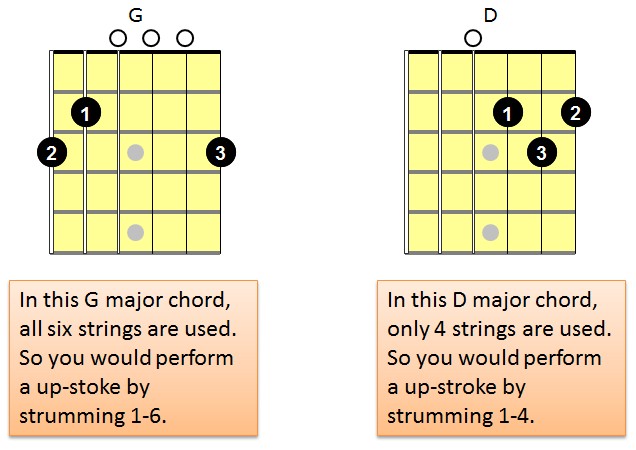

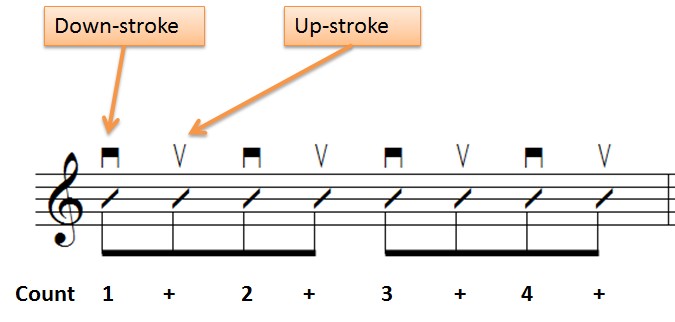
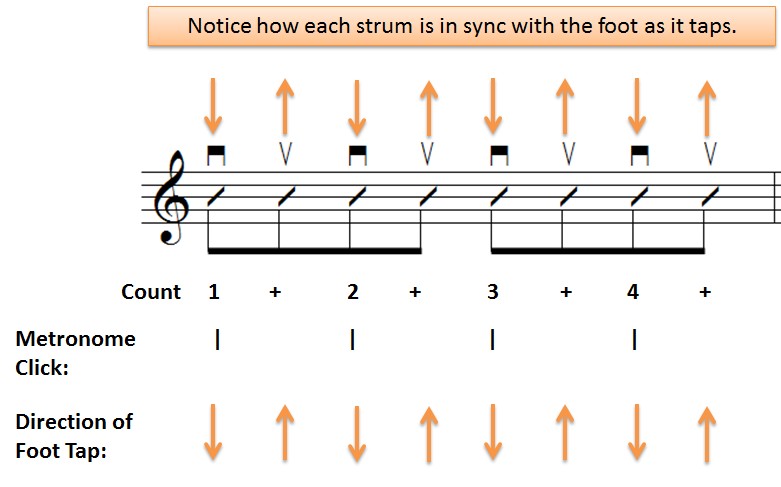

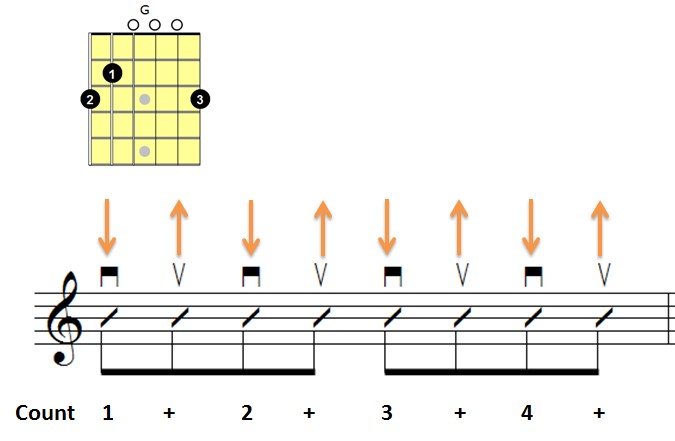





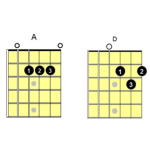
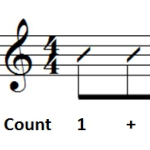
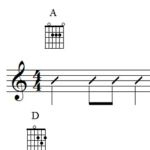

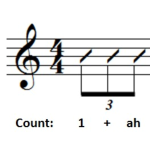

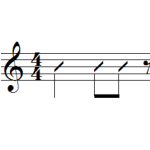
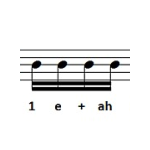
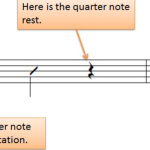
Pingback: guru post
Pingback: Playing Rhythm Guitar: Basics Part 10 - Understanding Eighth Note Rests | Guitar Accelerator Blog: Play Guitar - Electric and Acoustic Guitar Lessons